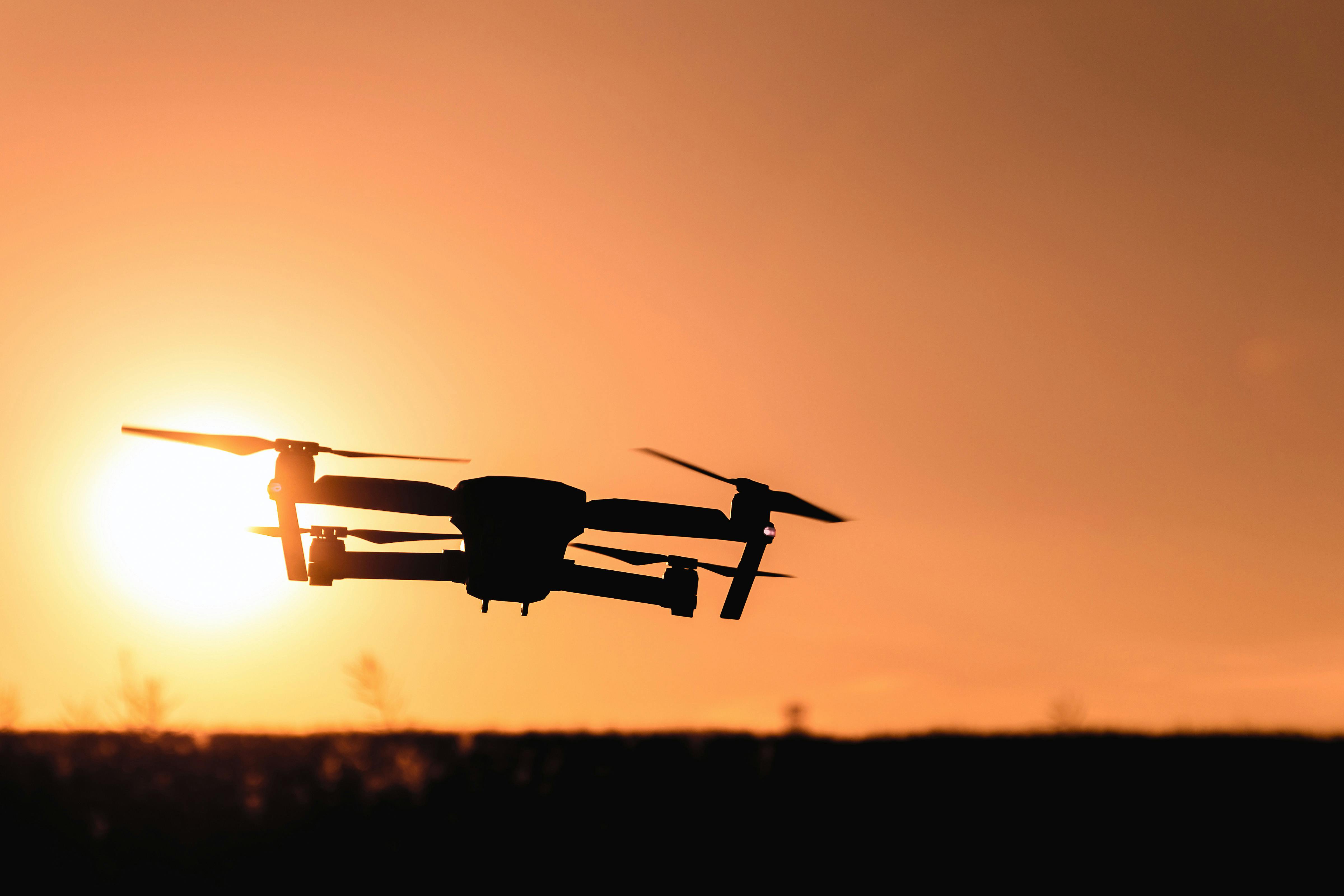Decoding the Potential of Telecommunication Drones: An Insight into the Future of Connectivity
The possibilities of drone technology in revolutionizing the telecommunications industry are immense. The integration of drones into telecom networks is a recent development that is yet to receive the spotlight it deserves. This article delves into the background, current trends, and potential impact of these flying telecommunication hubs.

Unraveling the Origins of Telecom Drones
The story of telecommunication drones began with the advent of Unmanned Aerial Vehicles (UAVs) in the military sector. Over the years, drones have transitioned from being simple surveillance tools to sophisticated devices capable of delivering network connectivity. The application of drones in the telecommunications industry was first witnessed during relief operations for natural disasters when temporary network solutions were required.
Current Trends: Drones and Telecom
Today, drones are increasingly becoming a part of the telecom industry. Network providers are exploring the use of drones for various purposes, from network diagnostics and performance monitoring to providing temporary connectivity solutions during network outages. Innovations such as tethered drones that can stay airborne for extended periods are being developed, making drones an exciting area of telecom research.
Regulatory Landscape: Flying Guidelines and Spectrum Allocation
Regulations play a crucial role in the adoption of drones in the telecom sector. Regulatory bodies worldwide are working to create guidelines that balance the potential benefits of drones with the issues of airspace safety and privacy. The available radio spectrum for drone operations is another critical regulatory aspect, with suggestions for a dedicated spectrum for drone communications being discussed at global platforms.
Impact and Challenges: Drones in Telecom
The potential impact of drones in telecommunications is vast. Drones can help in extending network coverage to remote areas, providing temporary connectivity solutions during disasters, and enhancing network diagnostics capabilities. However, challenges such as limited battery life, regulatory constraints, and privacy concerns need to be addressed for drones to become mainstream in the telecom industry.
Practical Applications: Telecom Drones in Action
Telecom drones have already started showing their potential in real-world scenarios. For instance, during the 2017 hurricane season in the United States, telecom drones were deployed to restore network connectivity in disaster-struck regions. Similarly, in 2020, drones were used to provide temporary network solutions during the COVID-19 lockdowns. These instances highlight the practicality and usefulness of drones in the telecom sector.
The integration of drones into the telecommunications industry is an exciting development that promises to transform the way we connect. As we move forward, it becomes essential to address the challenges and create a conducive regulatory environment for telecom drones to fly high. The potential is immense, and the sky is indeed the limit.




